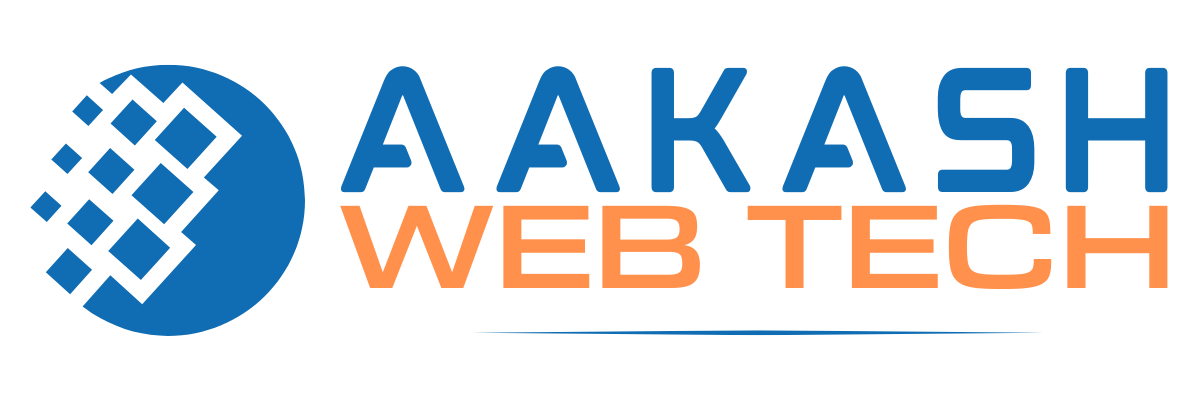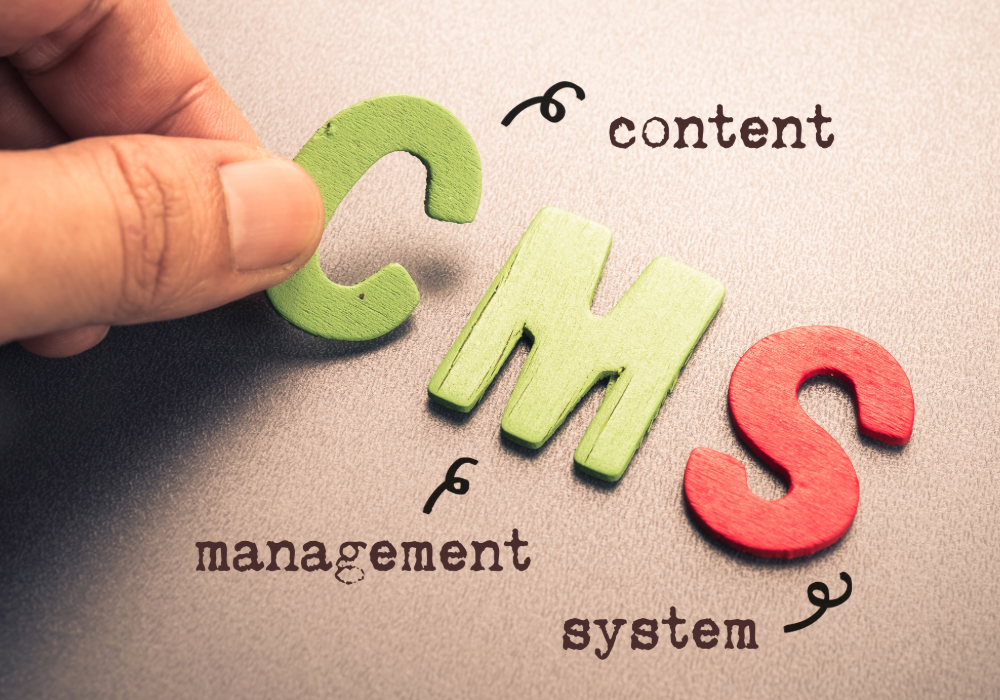In today’s digital age, every business, organization, and even individual creator needs an online presence. However, not everyone knows how to code or manage complex web technologies. That’s where a Content Management System (CMS) comes in — a tool that simplifies website creation, management, and updates without requiring deep technical expertise.
Understanding a CMS
A Content Management System (CMS) is a software application that enables users to create, edit, organize, and publish digital content — primarily for websites — through an intuitive interface. Instead of writing code manually, users interact with a visual dashboard where they can manage pages, posts, images, videos, menus, and more.
Think of a CMS as the backbone of your website — it handles the content, structure, and user access, while you focus on design and communication.
How a CMS Works
A typical CMS has two main components:
- Content Management Application (CMA) – This is the user-facing part where you add or modify content without coding. It includes tools for writing articles, uploading media, formatting text, and managing layouts.
- Content Delivery Application (CDA) – This is the back-end system that compiles your content, stores it in a database, and displays it properly on the website for visitors.
Together, these components make content creation and publication seamless, even for non-technical users.
Key Features of a CMS
A good CMS simplifies all aspects of website management. Common features include:
- User-friendly Dashboard: Centralized control for managing pages, posts, and settings.
- WYSIWYG Editor: “What You See Is What You Get” interface for formatting content visually.
- Media Management: Upload, store, and reuse images, videos, and documents.
- Templates & Themes: Pre-built designs to maintain consistency and save development time.
- Plugins & Extensions: Add functionality like SEO tools, contact forms, and analytics.
- User Roles & Permissions: Define access levels for admins, editors, authors, and contributors.
- Version Control: Track and restore older versions of content.
- Multilingual Support: Manage websites in multiple languages.
Types of CMS
CMS platforms come in various types, each catering to different needs:
- Open-Source CMS
Free to use and customizable with community support.
Examples: WordPress, Joomla, Drupal. - Proprietary CMS
Licensed systems built and maintained by companies, often with premium support.
Examples: Adobe Experience Manager, Sitecore. - Headless CMS
Decouples content creation from presentation. Content is stored in a backend and delivered via APIs to any frontend (web, mobile, IoT, etc.).
Examples: Strapi, Contentful, Sanity. - E-Commerce CMS
Specialized for online stores with features like product management, carts, and payments.
Examples: WooCommerce, Shopify, Magento.
Benefits of Using a CMS
- No Coding Required:
Anyone can create and update content without web development knowledge. - Faster Deployment:
Launch websites in days instead of weeks with prebuilt templates. - Collaboration Made Easy:
Multiple users can manage content simultaneously with defined roles. - SEO-Friendly Tools:
Many CMSs include or support SEO plugins for optimization. - Scalability:
Easily add new pages, products, or features as your business grows. - Cost-Effective:
Reduces the need for continuous developer involvement for small updates. - Security Updates:
Popular CMS platforms receive frequent updates and security patches.
Popular CMS Platforms
1. WordPress
- Powers over 40% of the web.
- Ideal for blogs, business sites, and e-commerce (via WooCommerce).
- Extensive plugin and theme ecosystem.
2. Joomla
- Offers more flexibility for developers.
- Suitable for community-based and portal websites.
3. Drupal
- Known for its security and scalability.
- Used by large organizations and government websites.
4. Shopify
- E-commerce focused CMS with integrated payment and inventory systems.
- Hosted solution — no need for separate web hosting.
5. Magento (Adobe Commerce)
- Advanced e-commerce CMS for medium to large businesses.
- Highly customizable but requires technical knowledge.
6. Squarespace & Wix
- Drag-and-drop builders aimed at beginners.
- Hosted platforms with built-in templates and support.
Traditional CMS vs. Headless CMS
| Feature | Traditional CMS | Headless CMS |
|---|---|---|
| Structure | Tightly coupled front-end and back-end | Content and front-end are separate |
| Flexibility | Best for websites | Works across websites, apps, and other digital platforms |
| Example | WordPress, Joomla | Strapi, Contentful |
| Use Case | Blogs, business sites | Omnichannel content delivery |
Headless CMS platforms are increasingly popular for developers who want to deliver content to multiple platforms using a single backend.
When to Use a CMS
A CMS is ideal if you:
- Want to manage a blog or corporate site without coding.
- Need a fast, scalable solution for business content.
- Require frequent content updates by multiple team members.
- Plan to integrate SEO and marketing tools easily.
However, if your website is small, static, and rarely updated, a CMS might be unnecessary — a simple static site could be more efficient.
Choosing the Right CMS
When selecting a CMS, consider:
- Ease of Use: Non-technical team members should find it intuitive.
- Customization: Ability to modify design and functionality.
- Scalability: Should support future growth.
- Security: Regular updates and active community support.
- Integration: Compatibility with third-party tools (CRMs, payment gateways, etc.).
- Budget: Some CMSs are free, others require licensing or hosting costs.
For example, WordPress is perfect for small to mid-sized websites, Shopify excels in online retail, and Drupal fits large-scale enterprise portals.
Future of CMS
The CMS landscape is evolving rapidly. Modern trends include:
- Headless and API-first systems enabling omnichannel publishing.
- AI integration for content generation and personalization.
- Cloud-based CMS solutions for scalability and reduced maintenance.
- Enhanced security models for protecting user data.
As businesses shift toward multi-platform digital strategies, CMS platforms will continue to evolve into more flexible, intelligent systems.
Conclusion
A Content Management System (CMS) is the foundation of modern web publishing — empowering individuals and businesses to manage websites efficiently without needing to code. Whether you’re running a simple blog, a corporate website, or a full-fledged e-commerce store, the right CMS can save time, reduce costs, and enhance digital presence.
By understanding how a CMS works and choosing the right one for your goals, you can build a robust, scalable, and easily manageable website that evolves with your business needs.

